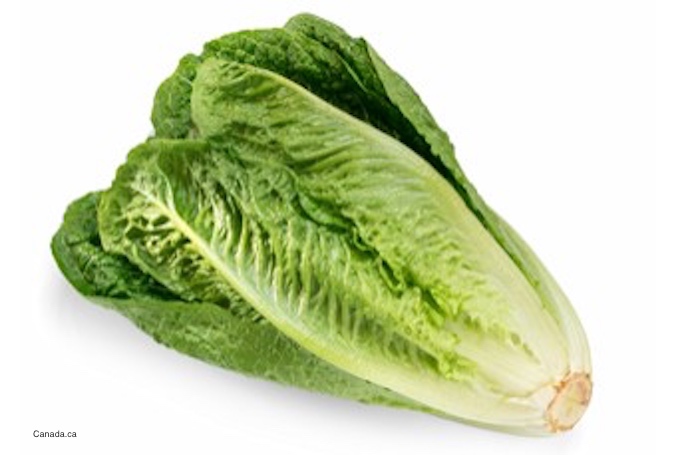Ten people are sick in a Minnesota E. coli O157:H7 HUS outbreak that is linked to romaine lettuce, according to a press release issued by the Minnesota Department of Health (MDH). Those patients are not counted in the 121 case count total sickened nationwide in the update that the CDC issued last week.

Three of the patients have been hospitalized in this Minnesota E. coli O157:H7 HUS outbreak; two have developed hemolytic uremic syndrome, a type of kidney failure. The cases are from both the metro area and greater Minnesota counties. Ninety percent of the patients are female.

You can contact food safety attorney Fred Pritzker for help by calling 612-338-0202 or 1-888-377-8900.
Fred Pritzker, a noted food safety attorney with officers in Minneapolis said, “This case count puts Minnesota in the group of states most affected by this serious outbreak. Everyone should be aware of this warning from health officials and avoid romaine lettuce for the time being.”
All of the patients in this Minnesota E. coli O157:H7 HUS outbreak who were interviewed by public health officials said they ate romaine lettuce before they got sick. Exposure locations include restaurants, grocery stores, and residential facilities. The Minnesota Department of Health is working with the state Department of Agriculture, the CDC, and the FDA to investigate these exposures.
Kirk Smith, manager of the Foodborne, Waterborne, Vectorborne, and Zoonotic Diseases section of the MDH said in a statement, “Do not eat, buy, or sell romaine lettuce unless you can confirm it is not from the Yuma growing region. The Yuma growing region includes part of western Arizona and extends into the Imperial Valley of southeastern California, but does not include Salinas Valley or other growing regions in California.”
The lettuce from Yuma should no longer be on sale because the growing season in that area ended in late March. But it’s possible that some people may still have this romaine lettuce in their homes. Washing your lettuce will not remove this pathogenic bacteria. You must throw it out.
The symptoms of an E. coli O157:H7 infection are clear and unmistakable. Severe and painful abdominal and stomach cramps are accompanied by diarrhea that is usually bloody or watery. Patients usually only have a low grade fever if one is present. Symptoms typically begin two to ten days after exposure to the pathogenic bacteria.
This infection must not be treated with antibiotics, as that can precipitate the complication called hemolytic uremic syndrome. Symptoms of HUS are little urine output, lethargy, pale skin, easy bruising, and bleeding from the nose or mouth. Unfortunately, those most at risk for developing HUS are children under the age of 10, the elderly, and people with chronic illnesses.
Both E. coli O157:H7 infections and HUS can be life-threatening. If you or anyone you know has been sick with these symptoms, they should see a doctor immediately.
Pritzker Hageman, America’s food safety law firm located in Minneapolis, Minnesota, successfully helps and represents people hurt by adulterated foods in outbreaks throughout the United States. Its lawyers have won hundreds of millions of dollars for foodborne illness patients and their families, including the largest verdict in American history in 2016 for a person harmed by E. coli O157:H7 and hemolytic uremic syndrome. The firm also publishes Food Poisoning Bulletin, a respected Google News source for food safety news and information.




